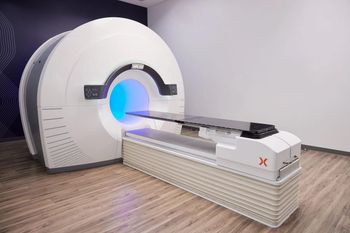
Ultrasound assesses abdominal trauma during helicopter transport
Portable ultrasound has successfully imaged patients being transported to the hospital via helicopter, allowing for early assessment of internal abdominal injuries and fluid in the pericardium. The examiners used standard focused assessment by sonography in trauma (FAST) protocols.
Portable ultrasound has successfully imaged patients being transported to the hospital via helicopter, allowing for early assessment of internal abdominal injuries and fluid in the pericardium. The examiners used standard focused assessment by sonography in trauma (FAST) protocols.
Dr. Stefan M. Mazur of Royal Adelaide Hospital Mediflight and the emergency department at Royal Perth Hospital and colleagues from hospitals around Australia published their study in Injury, which made it available online March 11.
During a six-month period, 38 patients were examined using portable ultrasound while in flight on helicopter transport to hospitals. The aim was to diagnose free intra-abdominal fluid or pericardial fluid in patients with abdominal trauma. Retrieval physicians obtained the standard four-quadrant FAST views in transit for 36 patients. They did not attempt the pericardial quadrant scans in the other two patients but did get abdominal quadrant views.
An independent blinded physician checked all 150 scans for quality, rating them according to their adequacy. The blinded physician's ratings agreed with the scanning physician's rating in 145 scans, finding 143 adequate and 2 inadequate. The blinded physician disagreed about the adequacy of five scanned quadrants. Scanning physicians were satisfied with all the images in 34 of 36 patients. The blinded physician agreed for 30 of those patients.
The researchers pointed out that physicians doing the scans en route also use ultrasound as a daily part of their regular practice, accounting for the consistent high quality. One reason for disagreements in the ratings is that it's more difficult to judge the quality of a still image at a later date than a live image at the time of the scan, they said.
The researchers concluded that adequate FAST images can reliably be obtained using a portable ultrasound machine in flight while transporting trauma patients to definitive care.
Newsletter
Stay at the forefront of radiology with the Diagnostic Imaging newsletter, delivering the latest news, clinical insights, and imaging advancements for today’s radiologists.




























